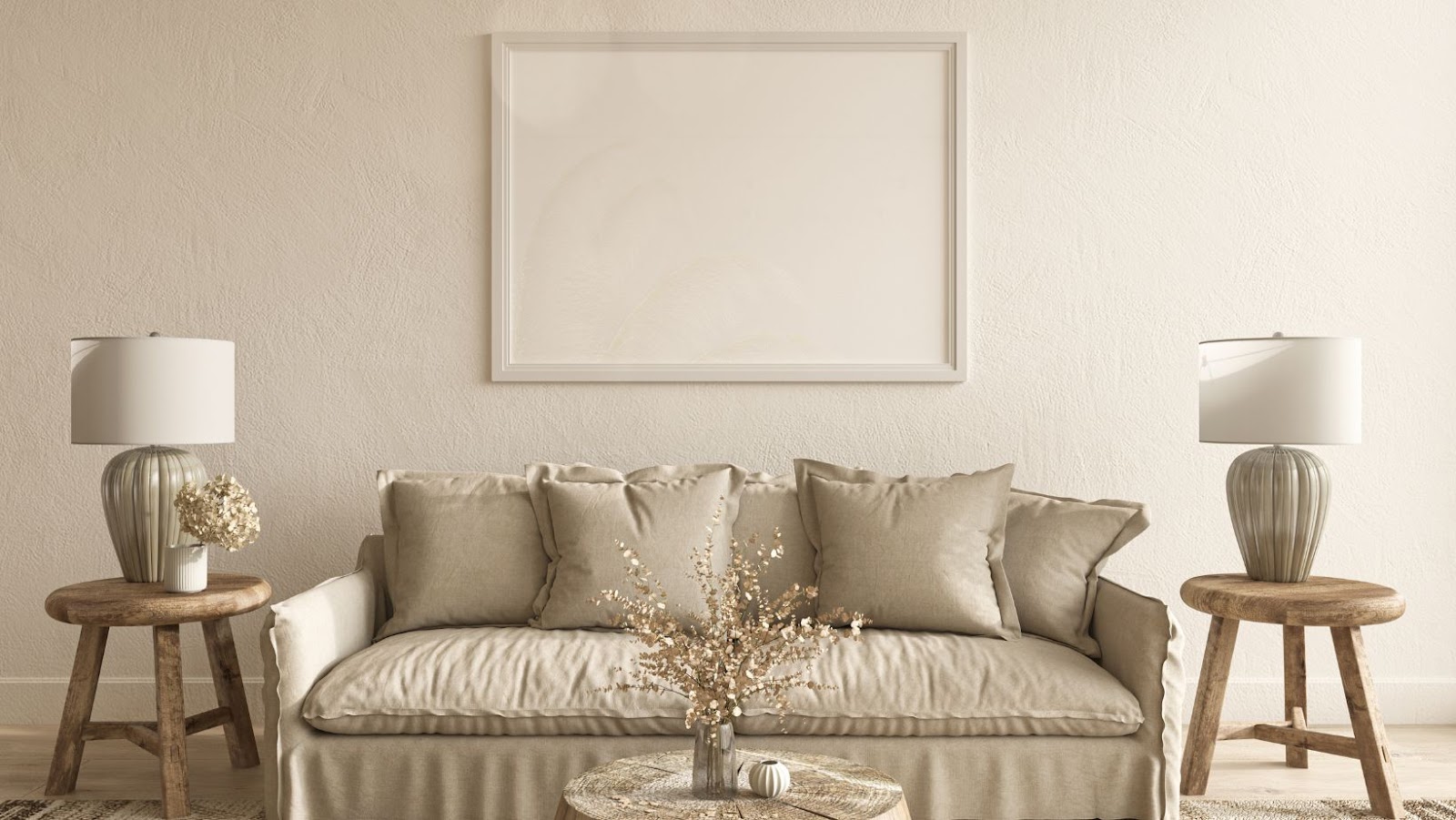Home design templates are pre-made layouts used in planning and visualizing interior spaces. They include architectural elements like furniture placement and color schemes. Serving as a guide, these templates assist users in achieving coherent and aesthetically pleasing environments. Templates cater to various design styles such as minimalist, contemporary, or traditional, enabling users to align their preferences with established design concepts. Industry software often incorporates these templates, providing professionals and DIY enthusiasts with easy access to sophisticated design frameworks. The use of templates reduces complexity by offering a structured approach to space planning, ensuring that both functionality and style are addressed effectively.
Home design templates offer numerous advantages, making them a popular choice for interior designers and DIY enthusiasts alike. They streamline the design process and create attractive, functional spaces with ease.
Designers quickly develop layouts using home design templates. Templates provide ready-made frameworks that eliminate the need to start from scratch. Industry professionals and hobbyists efficiently manage projects since templates simplify arranging furniture and selecting color schemes.
Home design templates reduce costs by minimizing the need for professional services. Users avoid hiring expensive consultants by using pre-designed layouts as a guide. Templates decrease wastage of materials by delivering accurate space measurements and furniture alignments.
Templates offer flexibility through various customization options. Users adapt layouts to fit individual preferences and specific styles with ease. Whether tweaking furniture placement or adjusting color palettes, customization within templates meets diverse aesthetic goals.
 Popular Types of Home Design Templates
Popular Types of Home Design Templates
Home design templates streamline the design process, turning complex projects into manageable tasks. Three popular types include floor plan, interior design, and landscape design templates.
Floor plan templates facilitate the initial design stage by providing a structured layout of the space. These templates include details such as room dimensions, door and window placements, and fixed fixtures. Using software like AutoCAD or SketchUp, users can adjust common design elements to visualize various configurations and optimize space efficiency.
Interior design templates cater to a room’s aesthetic and functional aspects. They suggest furniture arrangements, color schemes, and decorative elements, ensuring a cohesive style throughout the space. Programs like Adobe Illustrator and RoomSketcher often include these templates, enabling users to explore diverse styles, from modern to rustic, while maintaining personal tastes.
Landscape design templates assist in planning outdoor spaces by outlining garden layouts, pathways, and vegetation placement. Users benefit from a bird’s-eye view of their yard, with templates offering insights into plant selection and hardscape features. Tools such as SmartDraw and Garden Planner provide customizable templates that guide users in crafting inviting and sustainable outdoor environments.
 How to Choose the Right Home Design Template
How to Choose the Right Home Design Template
Selecting the right home design template involves understanding one’s needs, style preferences, and software compatibility. Evaluating these elements helps in making informed decisions for effective interior or exterior design projects.
Determine the project’s scope by identifying the primary purpose of the design template. If planning is needed for a full home renovation, opt for templates that include floor plans and interior designs. Tailor the choice based on space size and desired functionality, such as maximizing storage in small areas. Consider templates that support specific projects like kitchen remodels or outdoor landscaping for focused tasks.
Align the template selection with personal aesthetic preferences and the home’s existing design. For a modern look, choose minimalist or contemporary templates with clean lines and neutral colors. Traditional styles may require templates with ornate details and rich color schemes. Ensure the template allows customization to adjust elements like furniture and color to match unique tastes.
Check if the desired template integrates seamlessly with preferred design software. Compatibility with popular programs like AutoCAD, SketchUp, or Adobe Illustrator ensures efficiency and ease of use. Consider templates with formats adaptable to various software, facilitating smooth transitions and reducing technical hurdles. Verify that software supports rendering capabilities for precise visualizations.
Home design templates have revolutionized the way individuals approach interior design by offering a practical and accessible solution for creating beautiful and functional spaces. They empower users to efficiently visualize and plan their projects, catering to diverse styles and preferences. By incorporating these templates into their design process, both professionals and DIY enthusiasts can save time and reduce costs while achieving high-quality results. As technology continues to evolve, the accessibility and versatility of home design templates will only increase, making them an indispensable tool in the realm of interior design.